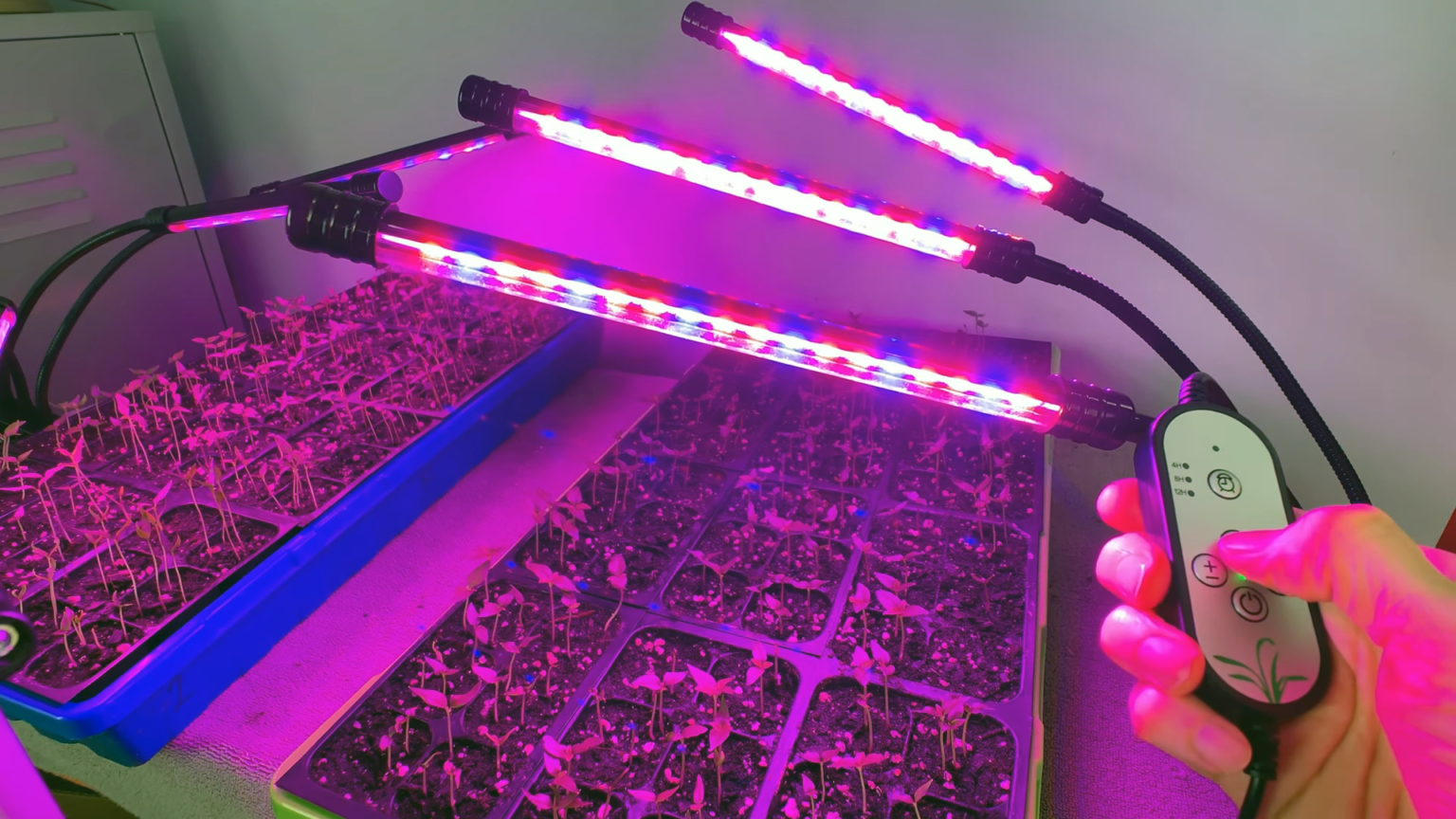LED grow lights are a great way to increase the productivity of your indoor garden. However, choosing the right product can be difficult.
The first thing you need to consider is the type of plants you will be growing. They may need different kinds of wavelengths during different stages.
wattage
Wattage is an important consideration when choosing an LED grow light. Traditionally, growers used wattage as a way to measure the amount of light that a grow light produced. However, when it comes to LEDs, wattage isn’t always the most accurate measure.
For this reason, many growers opt for watt per square foot instead of wattage when measuring the power of a grow light. This calculation is based on Photosynthetic Photon Efficacy (PPE), which determines how efficiently a light converts electricity into light.
The watt per square foot method isn’t perfect, but it’s a good starting point for determining the size of an LED grow light. You’ll also want to consider the total growing area.
It’s also helpful to look at the quality of parts used, including the type of LED chip. SMD LED chips can have up to three diodes, which is more powerful and versatile than traditional DIP LEDs.
spectrum
When choosing an LED grow light, it is important to consider the spectrum. It is the combination of light wavelengths your plant needs to thrive.
The light emitted by LEDs is created from diodes, which are a series of small components (chips and lenses) that produce specific spectra. When an electric current is applied, the electrons and holes in the chips and lenses collide to create the light that your plant uses.
A good LED will have a spectrum that is close to what plants need for root and flower growth. This means that the spectral range should include blue and red, plus some green and yellow.
Unlike florescent bulbs, LEDs don’t use color names to indicate light, but instead use numbers to identify different wavelengths. For example, a red light has a wavelength of 630 nm, while a blue one has a wavelength of 660 nm.
quality of parts
The quality of the parts used in an LED grow light is important. This includes the power supply or driver, diodes, and lens.
In addition, a quality LED grow light should be able to pinpoint the vital wavelengths of light that your plants need so they can thrive and produce maximum yields. These wavelengths include blue and red wavelengths, along with IR and UV (ultraviolet) wavelengths that provide extra growth and protection to your plants.
The power supply or driver of an LED grow light is responsible for regulating the voltage that comes into the light. This is important to ensure that each diode can receive the necessary energy and doesn’t get overpowered. It also protects the LEDs from a high-voltage spike that can cause them to short out.
warranty
Buying an LED grow light is a huge investment, so it’s important to choose a product that has a decent warranty. A warranty gives you peace of mind that if there are problems with your fixture, the manufacturer will send you a replacement part or light free of charge.
Most companies offer a 3 or 5-year warranty, though it’s possible to find a longer one. BIOS, Black Dog LED, California Lightworks, Growers Choice, Illuminar, Nextlight, Phantom Photobio, Powerpar, Scynce, Spectrum King and ThinkGrow all have warranties of at least a few years.
In addition to the above warranty, many companies provide a customer service team that will help with a return. For example, Lifted LED will cover return shipping up to $50 for the first 90 days of a warranty. However, the customer will be responsible for paying for shipping for any repaired or replaced lights after that period.
